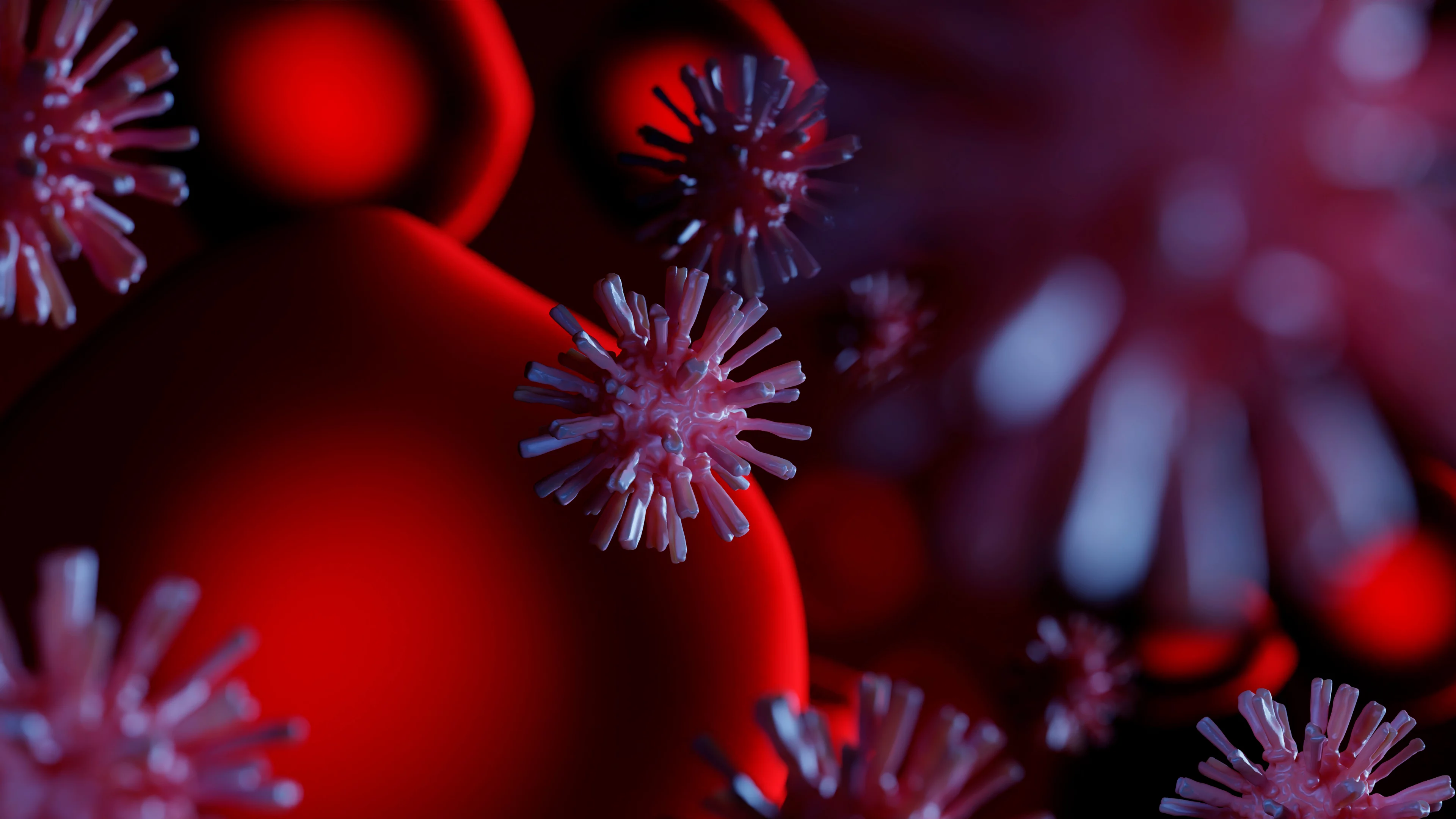Research at the Paul Scherrer Institute on COVID 19
The Paul Scherrer Institute is dedicated to finding sustainable solutions to major contemporary challenges. We aim to contribute to the fight against the ongoing Covid-19 pandemic with our interdisciplinary teams comprising physicists, molecular and structural biologists, chemists and beamline scientists.
The TOMCAT beamline at the Swiss Light Source specializes in rapid high-resolution 3-dimensional tomographic microscopy measurements with a strong focus on biomedical imaging. The team has recently developed a technique to aquire large volume datasets with high resolution in a very short time.
For further information, please visit X-ray Imaging for Biomedicine: Lung Imaging
The macromolecular crystallography (MX) group at the Swiss Light Source operates three beamlines (PXI, PXII and PXIII), which allow study of biological molecules such as proteins, viruses and nucleic acids (RNA and DNA). In the macromolecular crystallography experiment high intensity incident X-rays are diffracted on a crystalline sample giving rise to a regular pattern of sharp spots.
For further information, please visit MX Beamlines
Photonics for Biomedicine
In the Photon Science Division, headed by Prof. Dr. Gabriel Aeppli, a novel strategy for the detection of very small amounts of substances, such as toxins or viruses, has recently been developed (Hales et. al. 2019, Nat Commun 10:3594).
For further information, please visit Photonics for Biomedicine
Molecular Biology
One of our teams (Dr. R. Benoit) is specialized in the design of protein nanoparticles, using building blocks found in nature (molecular biomimetics). Virus capsids, for example, are naturally occurring protein nanoparticles that exist in a wide variety of shapes and sizes.
For further information, please visit Molecular Biology
Micro- and Nanofabrication
The Laboratory for Micro- and Nanotechnology (LMN) at PSI offers advanced methods for development, prototyping, and low-volume fabrication of devices for biosensing. Sensor devices based on microfluidics may significantly improve the rapid diagnosis of biologically relevant species including the SARS-CoV-2 virus.
For further information, please visit Micro- and Nanofabrication for Biosensing


